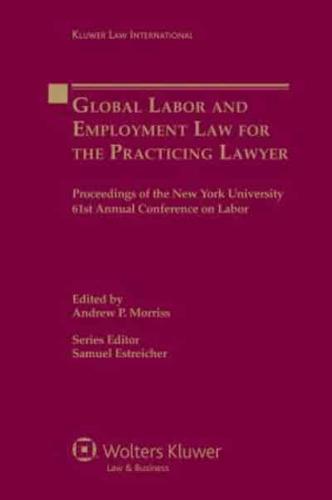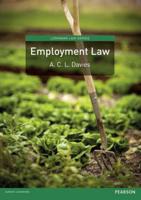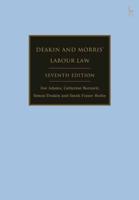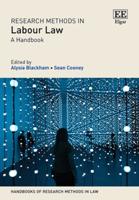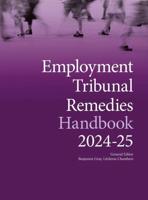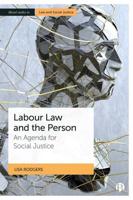Publisher's Synopsis
Now also available as eBook
In an increasingly global economy fraught with foreign law land mines, the breadth of concerns for lawyers advising clients employing or employed across borders is vast and growing. Finding ways to realize the expectations of the parties when the employment relationship spans multiple jurisdictions with potentially conflicting policies, different conceptions of employment, and even different vocabularies to describe employment events is a major challenge. In recognition of the growing importance of global labour and employment law, the Center for Labor and Employment Law at New York University School of Law dedicated its 61st Annual Conference on Labor to an in-depth examination of issues arising in this area.
This volume of the proceedings of the 2008 conference contains papers presented at that meeting, all here updated to reflect recent developments, as well as additional contributions from other practitioners and academics with extensive knowledge and experience in the field. Experts from both the practicing bar and academia – twenty-seven in all – use their unique strengths to address issues worthy of concern in each juridical realm. Among the many important topics presented and discussed are the following:
• application of international law “soft norms” through domestic legal systems;
• jurisdictional issues in employee benefits;
• extraterritorial application of the U.S. Employment Retirement Income Security Act (ERISA);
• impact of the application of international human rights standards to employment issues;
• drafting of specific types of employment agreements in a multijurisdictional context; • obstacles to cross-border enforcement of restrictive covenants;
• how U.S. securities law affects global stock option plans;
• workplace electronic privacy issues;
• publicly mandated social benefits;
• effect of both immigrant and non-immigrant visas on high-skill workers;
• how bilateral labor agreements can solve transnational immigration problems;
• codes of business conduct;
• role of labor rights in foreign direct investment;
• application of anti-discrimination laws to religious discrimination across jurisdictions; and
• whistleblower protection.
An unusual feature of this volume in the series is its in-depth attention to comparative law in the field, with exploration of developments in China, France, and New Zealand, as well as in European Union law. As always, this annual conference captures valuable insights and syntheses of central labour and employment law issues and will be of great value to practitioners and academics in the field. With insights that can assist lawyers engaged in counselling both employers and employees, this volume goes a long way toward meeting the expectations of both employee and employer at various stages of the employment relationship, and handling the disputes that inevitably arise.
